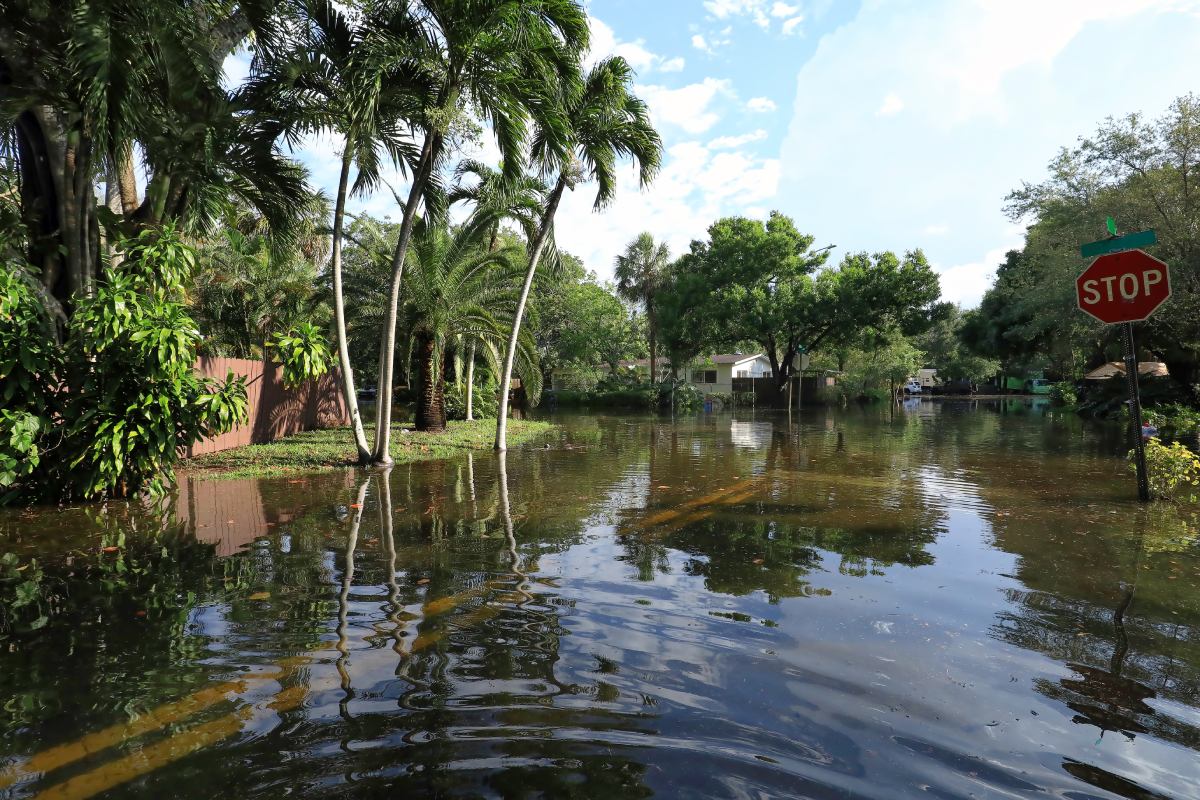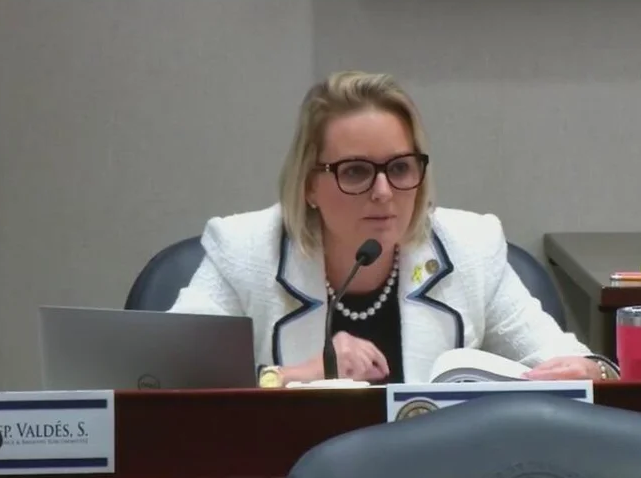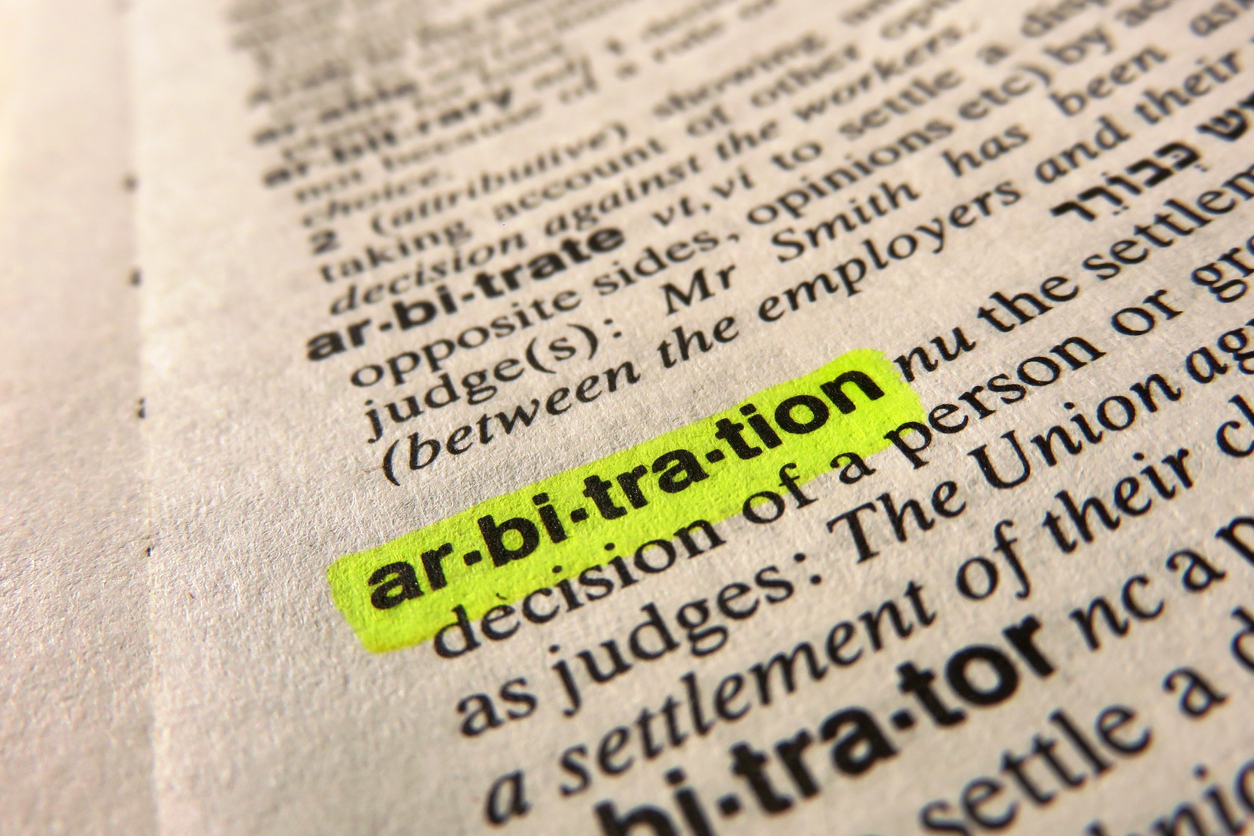Rising sea levels and the growing frequency of dangerous hurricanes have made the homeowners insurance market in Florida significantly more turbulent of late; which is why it’s natural for people to wonder if the same is occurring in the state’s flood insurance market. If you’re a homeowner in Florida, this blog answers your questions about flood insurance: where to get it, how much it costs on average, and what factors affect the premiums you pay.
What Does Flood Insurance Cost in Florida?
On average, flood insurance in Florida costs approximately $792 per year, or around $66 per month, based on recent 2024 statistics from the federally funded National Flood Insurance Program (NFIP). Premiums can vary significantly, ranging from $450 annually (about $37 per month) to $3,500 annually (about $290 per month) under an NFIP policy.
Several factors influence the cost of flood insurance. These include the city or county where your property is located, whether your property is situated in a designated flood zone, whether you opt for NFIP coverage or private flood insurance, and even the elevation of your property. These factors collectively determine the premium you may pay for flood insurance.
Does the Cost of Flood Insurance Vary Depending on Where I Live in Florida?
Yes, the location of your property is the primary factor influencing the cost of your flood insurance premium in Florida. Insurance rates are directly tied to the level of risk associated with a property, and in the case of flooding, that risk is mostly shaped by a property’s location. Areas situated closer to coastal waters or regions with a higher susceptibility to flooding typically incur higher insurance rates. This is due to the increased likelihood of flood events and the potential for more severe damage in these areas. In contrast, inland areas that are further away from coastal waters and have lower flood risk generally experience lower insurance premiums.
Does My Flood Zone Affect How Much Flood Insurance Costs in Florida?
Buildings elevated with enclosure, not on posts, piles, or piers, typically incur higher premiums compared to buildings elevated without enclosure on posts, piles, or piers, assuming all other rating factors are identical. However, policyholders can qualify for a 5% mitigation discount if certain machinery and equipment (M&E) and appliances servicing the building are elevated to at least the elevation of the floor above the building’s first floor. These mitigation efforts, such as elevating buildings or installing flood openings in crawl spaces, are encouraged by FEMA through reduced premiums for NFIP policyholders.
Under FEMA’s Risk Rating 2.0, more policyholders are now eligible for discounts based on flood risk reduction measures compared to the previous system. According to FEMA data, six times as many policyholders are receiving credit for elevating their insured properties.
To potentially qualify for lower premiums, homeowners are advised to obtain an elevation certificate (EC). This document details important aspects of the property’s flood risk, including the elevation of the lowest floor. Submitting an EC to your insurance agent can demonstrate eligibility for reduced rates. Check with your local floodplain manager to determine if an EC for your home is already on file; if not, hiring an engineer, land surveyor, or architect to prepare one can be beneficial.
Additionally, elevating systems such as HVAC and water heaters to higher floors may also qualify you for discounts, as recognized by FEMA. An elevation certificate provides critical information about your property’s flood zone and lowest floor height, potentially resulting in lower premiums by demonstrating the property is sufficiently elevated above floodwaters.
Flood Insurance Coverage in Florida
What Is Included in Flood Insurance Coverage?
Flood insurance from the NFIP covers up to $250,000 in damage to the physical structure of your home and up to $100,000 in damage to your property. Items included in the dwelling coverage include:
- Foundation
- Electrical and plumbing systems
- Central air-conditioning equipment, furnaces, and water heaters
- Built-in appliances like refrigerators, cooking stoves, and dishwashers
- Permanently installed carpeting over unfinished flooring
- Detached garages (up to 10% of building property coverage)
- Fuel tanks
- Well water tanks and pumps
- Solar energy equipment
Items included in the personal property coverage include:
- Furniture
- Electronics
- Washers and dryers
- Artwork and valuables (up to a certain limit)
- Non built-in appliances
- Air conditioners that are not central to the building
What Is NOT Included in Flood Insurance Coverage?
The NFIP doesn’t cover certain items, such as:
- Decks
- Fences
- Pools
- Hot tubs
- Landscaping
- Precious metals
- Cash
- Stock certificates
- Cost of additional living expenses (ALE) if you’re unable to stay in your home due to flooding
- Loss of income if your home becomes uninhabitable
Depending on your needs and where you live, private flood insurance options may offer better rates and more comprehensive coverage compared to NFIP policies.
Is There a Cap on Flood Insurance in Florida?
Flood insurance through the NFIP only provides coverage for up to $250,000 in damage to your dwelling and up to $100,000 for damage to personal property caused by floodwater. Policyholders whose properties would cost more than $250,000 to rebuild, or who value their personal or business property above $100,000, should consider purchasing additional flood insurance through a private company. This could help ensure they have sufficient coverage relative to the value of their property.
Current federal legislation also places a cap on annual rate increases for NFIP flood insurance premiums. That current cap is:
- 18% per year for primary residences
- 25% per year for commercial properties, second homes, and repetitive loss properties
In recent years, NFIP premiums have been increasing in many areas across the country. This premium cap was designed to shield policyholders from the possibility of facing sharp, unforeseen spikes in their insurance premiums over a short period. By implementing this limit, lawmakers aim to provide stability and predictability in the cost of flood insurance for individuals and property owners, offering them greater financial security and assurance against sudden financial burdens related to insurance expenses.
Is It Mandatory to Have Flood Insurance in Florida?
In Florida, flood insurance is generally not mandatory. However, state law requires homeowners with mortgages in moderate- or high-risk flood zones, designated by the federal government as “Special Flood Hazard Areas” (SFHAs), to purchase flood insurance. Individual mortgage companies or private insurance companies may also require you to obtain flood insurance as a condition of owning a home or receiving other forms of homeowners insurance.
For instance, as of December 2022, all homeowners insured by Citizens Property Insurance Corp. must also obtain flood insurance by specific deadlines. For existing Citizens policyholders, flood insurance has been mandatory since July 1, 2023, and for homes insured by Citizens with dwelling coverage of $600,000 or more, flood insurance became a requirement on January 1, 2024. The requirement gradually extends to homes with lesser coverage amounts, such as $500,000 by January 1, 2025; $400,000 by January 1, 2026; and all other Citizens-insured homes by January 1, 2027. Condominium owners insured through Citizens and those with policies lacking wind or hail coverage are exempt from this law.
Additionally, homeowners who have previously received federal disaster assistance for flood damage at their address must maintain flood insurance to remain eligible for future federal aid. This obligation applies even if the assistance was received by a previous homeowner.
Recently, the Florida legislature passed a disclosure law effective from October 2024, requiring property sellers to disclose any history of filing flood insurance claims or receiving federal assistance for flood damage to the property.
These regulations and requirements aim to ensure that homeowners in flood-prone areas are adequately protected financially and are aware of potential risks associated with their properties.
How To Get Flood Insurance in Florida
There are two different routes to take to get flood insurance in Florida.
NFIP
The vast majority of homeowners obtain flood insurance through the NFIP, which is a program that makes federally-backed flood insurance available to states and communities across the country in exchange for their agreement to adopt and enforce flood-plain management ordinances to reduce future flood damage.
Private Insurance Companies
While it’s a much less common option than NFIP flood insurance, there are private insurance companies that offer flood coverage. The benefit of obtaining private coverage is that it can cover damages well above the $250,000 in dwelling coverage and $100,000 in personal property coverage you can get from the NFIP. The downside is that the premiums may be significantly higher depending on your circumstances, their policies aren’t federally backed, and, unlike the NFIP, they can refuse to offer coverage in certain areas or if your home has been flooded before.
How Much Is Flood Insurance in Florida FAQs
Is Flood Insurance in Florida Tax Deductible?
No, flood insurance premiums for personal properties in Florida are not tax-deductible. However, there are some exceptions:
- Business Use of Home: If you operate a business from your home and have a separate flood insurance policy for that portion, you may be able to deduct the premium as a business expense.
- Rental Properties: Flood insurance premiums for rental properties can be deducted as a rental expense.
Is Flood Insurance Expensive in Florida Compared to Other States?
It’s surprising to learn, but the average cost of NFIP flood insurance in Florida ($792 per year, or around $66 per month) is actually slightly less than the nationwide average ($859 per year, or about $72 per month). However, as mentioned above, those rates can be significantly higher if you’re seeking private insurance with higher coverage amounts or if you live in the state’s lowest-lying and most flood-prone areas.
Can I Get Discounts on Flood Insurance in Florida?
Yes, FEMA offers statutory discounts on flood insurance premiums for certain properties:
- Pre-Flood Insurance Rate Map (FIRM) Primary Residences: Properties that were built before the Flood Insurance Rate Maps were established may qualify for discounts on the first $35,000 of coverage for buildings and $10,000 of coverage for contents.
- Newly Mapped Properties: Properties that are newly mapped into SFHAs may also be eligible for these discounts.
- Emergency Program Properties: Properties insured under the Emergency Program of the NFIP can receive these discounts.
- Properties in AR or A99 Flood Zones: Properties located in AR (areas of moderate flood hazard) or A99 (areas of high flood hazard subject to a 1% annual chance of flooding) zones are eligible for these discounts.
These discounts are designed to help reduce the cost of flood insurance premiums for property owners who face varying degrees of flood risk. They aim to encourage property owners to obtain adequate flood insurance coverage to protect against potential flood damage. You can learn more about this at https://www.fema.gov/flood-insurance/risk-rating.
What Is the Difference between NFIP and FEMA?
The acronym FEMA stands for the Federal Emergency Management Administration. FEMA is a federal agency that deals with various types of disasters, including floods, hurricanes, and earthquakes. FEMA provides grants and loans for disaster recovery, coordinates federal resources and assistance during disasters, and promotes preparedness and mitigation measures.
The NFIP is a specific program overseen and administered by FEMA. FEMA sets the NFIP’s policy guidelines, develops flood maps, establishes premium rates, and manages the program’s financial operations. The NFIP is delivered to the public both directly and through a network of private insurance companies.
Have Questions About Florida Flood Insurance Policies? Contact Merlin Today!
Navigating the complexities of insurance claims can feel overwhelming. At Merlin Law Group, we’re insurance law experts. For nearly 40 years, we’ve been working with our clients to ensure you can face any insurance challenge with confidence. With over $2 billion in recovered claims, we know how to advise you on picking the right policy and how to advise you if you’re facing unpaid claims. Contact us today for a consultation, or read more about how we’re your trusted advocate.




